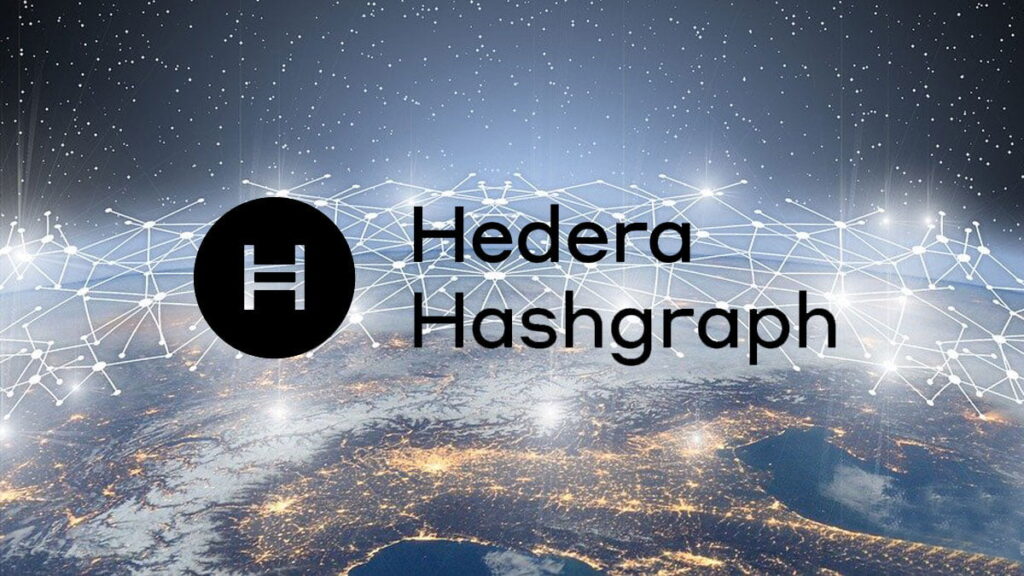
In projects involving blockchain technology, the verification process relies solely on mining. Transactions are verified by computers with an energy-intensive process but at the same time, it is accompanied by difficult calculations. Let’s go through this article to see if Hedera Hashgraph could be able to solve that problem by removing mining and using a new ledger infrastructure? Let us read further to know more about him. Online articles are discussing Hedra Hashgraph and also the future of tether as a unique cryptocurrency.
About Hedera Hashgraph
Hashgraph does not include a blockchain, as it is built on a chain of blocks. Visualizing it in graph form makes it even easier and faster to verify transactions so that you can add more transactions to the network. It is based on only one technique and is known as DAG , and it exists in the form of a Directed Acyclic Graph. It is a technology where Hedera Hashgraph captures approximately 100,000 or more transactions per second which is specially designed for this. With this, it has become a true competitor to Visa and the market payment systems.
Hedera Hashgraph work
Here we are talking about Hedera Hashgraph which is a council platform for multinational corporations as well as which controls the software which is run on millions of nodes Let’s talk about reaching consensus and accessing nodes on the hashgraph, comparing the history of transactions done by this network to notes. The nodes are “famous witnesses” selected by gossip. Each transaction or witness is an event which is why it is well known because the process is reported by nodes from the very beginning. Most of the nodes you choose are those that compare well-known witnesses to gossip.
How is Hedera Hashgraph different from Blockchain?
Hedera is a platform based on Hashgraph and blockchain. Some of the main differences observed between them are that they do not require computation-heavy proof-of-work (PoW).
Pros of Hedera Hashgraph
Hedera claims to provide a high level of security through hashgraphs, regardless of whether an actor is involved in the network; nodes are employed by an asynchronous Byzantine Fault Tolerance (ABFT) system. Hedera Hashgraph is significantly faster and easier to use than the blockchain because it processes transactions, and has a high latency that takes a few seconds for any transaction to be sent to another or to be confirmed.
The Hedera Hashgraph platform supports the only programming language in which Ethereum is used, also known as Solidity. Which is used with smart contracts. The platform for smart contracts is used to build decentralized applications. They can be used in many cases, such as gaming, digital identities, decentralized finance products, and many more.
Cons of Hedera Hashgraph
Dissimilar to numerous digital forms of crypto, Hedera Hashgraph isn’t open source. All things being equal, the innovation is the invention, keeping engineers from forking the protocol to make their public renditions — like how BTC was forked into BCH, and BTH was forked into BSV. Swirlds, the organization behind the platform, contends that the calculation is protected to forestall the deficiency of network impacts, which sees the worth of the hashgraph move with a developing client base. Since forks can divide networks and client bases, this can imply danger to firms expanding on forkable chains — which Hedera has killed with its invention.
Future of Hedera Hashgraph
In 2021, Hedera launched the Hedera Token service, to create a new token on the platform. It will cost you up to $0.001 at the time the token is transferred. Many projects on Hedera are used to create tokens, but that being said, they may be phased out after some time. Also, several new upgrades are expected in the Hedera Hashgraph mainnet. As per the roadmap, it plans to free up the amount of downtime in the network.